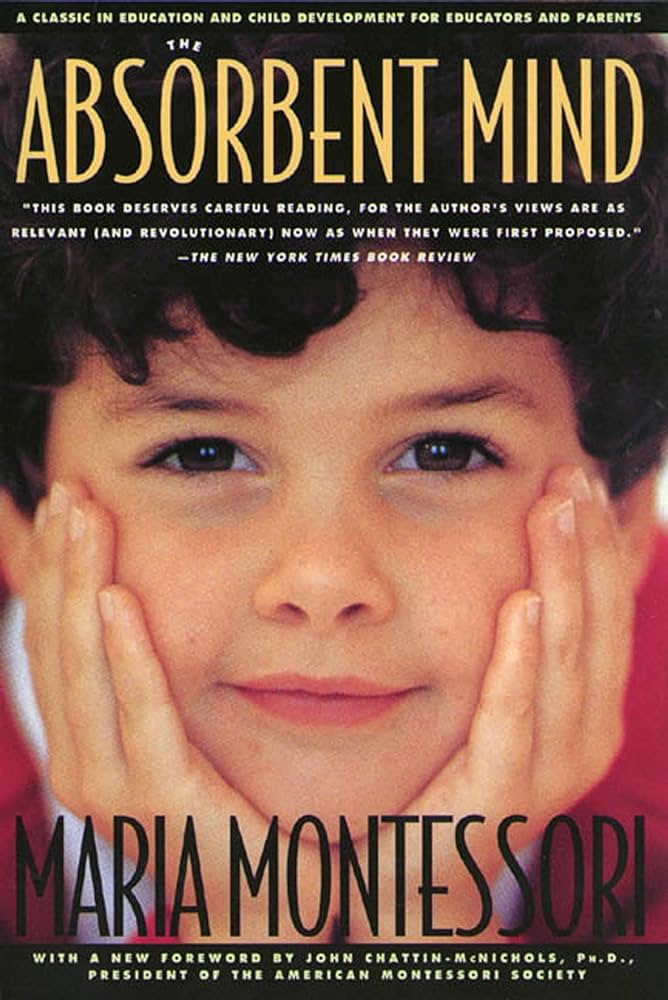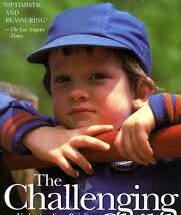
The Montessori Method by Maria Montessori
The Montessori Method is an educational approach developed by Maria Montessori. This method emphasizes independence, freedom within limits, and respect for a child’s natural psychological, physical, and social development.
Historical Background
Born in 1870, Maria Montessori was an Italian physician and educator. Her work began with children who had disabilities, but her approach quickly expanded to mainstream education. In 1907, she opened her first school, Casa dei Bambini, in a poor district of Rome.
Key Principles of the Montessori Method
The Montessori Method is based on several key principles:
1. Prepared Environment
The environment plays a crucial role in the Montessori Method. Classrooms are designed to facilitate independent learning and exploration. Here is a table summarizing the essential elements of a prepared environment:
| Element | Description |
|---|---|
| Order | An organized space that promotes calm and focus |
| Accessibility | Materials are within easy reach of the children |
| Beauty | An aesthetically pleasing environment that inspires |
2. Autoeducation
Maria Montessori believed that children are capable of educating themselves. The role of the teacher is to guide rather than instruct, allowing children to learn through their own experiences and discoveries.
3. Sensitive Periods
Sensitive periods refer to times when children are particularly receptive to learning certain skills or knowledge. The Montessori Method tailors education to these critical windows of development.
4. Absorbent Mind
According to Maria Montessori, young children have an absorbent mind, which allows them to learn quickly and effortlessly from their environment. This concept underscores the importance of a well-prepared learning space.
Curriculum and Materials
The Montessori Method employs specific materials designed to enhance learning through hands-on experience. The curriculum covers several areas:
Practical Life
Practical life activities help children develop motor skills and independence. These activities include pouring, sweeping, and dressing, which are critical for developing concentration and coordination.
Sensory Education
Sensory materials are designed to refine the senses. Examples include the Pink Tower, Sound Cylinders, and Color Tablets. These materials help children differentiate and categorize sensory input.
Language
Language development is a core component of the Montessori Method. Activities include storytelling, phonics, and reading. Here is a table showing some of the key materials used:
| Material | Purpose |
|---|---|
| Sandpaper Letters | Helps children learn the alphabet by touch |
| Moveable Alphabet | Allows children to form words and sentences |
| Classified Cards | Builds vocabulary through matching pictures and words |
Mathematics
Montessori math materials are designed to introduce abstract concepts in a concrete manner. Examples include the Number Rods, Golden Beads, and the Decimal System.
Culture
Cultural studies in the Montessori Method cover geography, history, science, art, and music. These subjects are integrated to help children understand and appreciate the world around them.
Benefits of the Montessori Method
There are numerous benefits to the Montessori Method, including:
1. Fosters Independence
Children learn to be self-reliant and confident in their abilities. The prepared environment and autoeducation principle ensure they can choose their activities and work at their own pace.
2. Develops Critical Thinking
The focus on hands-on learning and problem-solving helps children develop critical thinking skills. They learn to analyze situations and come up with solutions independently.
3. Encourages a Love of Learning
The Montessori Method fosters a natural curiosity and a lifelong love of learning. Children are encouraged to explore their interests and passions.
4. Promotes Social Skills
Mixed-age classrooms and collaborative activities help children develop social skills. They learn to communicate, cooperate, and resolve conflicts.
Criticism and Challenges
Despite its many benefits, the Montessori Method has faced criticism and challenges. Some common criticisms include:
1. Lack of Structure
Some educators and parents believe that the Montessori Method lacks the structure and discipline found in traditional education systems. They argue that children may struggle with transitions to more structured environments.
2. Cost
Montessori schools can be expensive, making them inaccessible to many families. The specialized materials and training required for teachers contribute to the higher costs.
3. Teacher Training
Proper training is crucial for the success of the Montessori Method. However, the availability and quality of Montessori teacher training programs can vary widely.
Conclusion
The Montessori Method offers a unique and effective approach to education that emphasizes independence, hands-on learning, and respect for a child's natural development. While it has its challenges, the benefits of this method have made it a popular choice for parents and educators worldwide.
For more information on the Montessori Method, you can visit our website at https://readreviewtalk.com/ and our blog at https://readreviewtalk.com/blog/.



